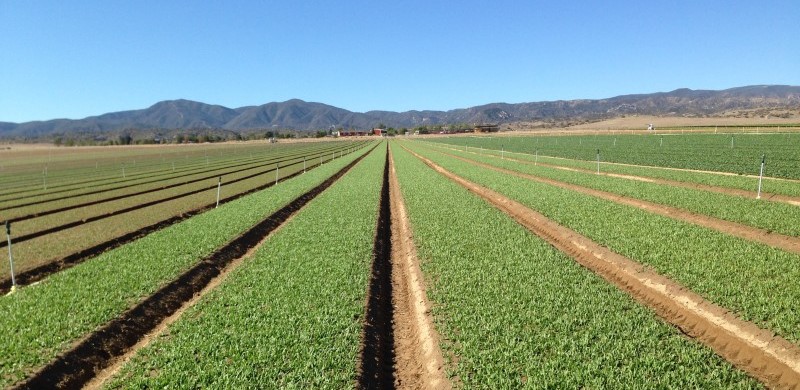Participate in the Life of Arizona Community Land Trust!
|
|
Membership
- Please join or renew your membership in AzCLT. Annual dues are still only $10.
Support our Fund for Community Land
- One-time or monthly contributions can be made to this Fund. Eventually we hope that this fund will help in the purchase of property. Until then, we will use these funds for incidental expenses related to purchase/gifts of land; legal fees, surveys, appraisals, etc.
Get Involved!
- Please let us know if you are interested in gardening, farming, affordable housing or cooperative development.
How to Participate
- For membership and contributions:
- Please send checks to AzCLT, 1702 E Glendale Ave, Phoenix AZ 85020
- To pay by card (one-time or monthly), tell us how much you would like to pay (at [email protected]) and we will send you an invoice via Square.
- To become more involved, write us at [email protected] or fill ou our inquiry form on our website.
|
|
This is an excellent question. Land ownership has become a privilege of the wealthy. There is no equity when it comes to people’s ability to access land. It is used and abused to support personal gain, with little thought to the consequences that affect our ecosystems and humanity as a whole.
I invite you to watch an excellent video, the 40th annual lecture presented my the Schumacher Center for New Economics. It features George Monbiot, noted author, columnist and revolutionary thinker. Its title: Land as Commons: Building the New Economy.
https://centerforneweconomics.org/events/40th-annual-e-f-schumacher-lectures/
|
|
|
|










